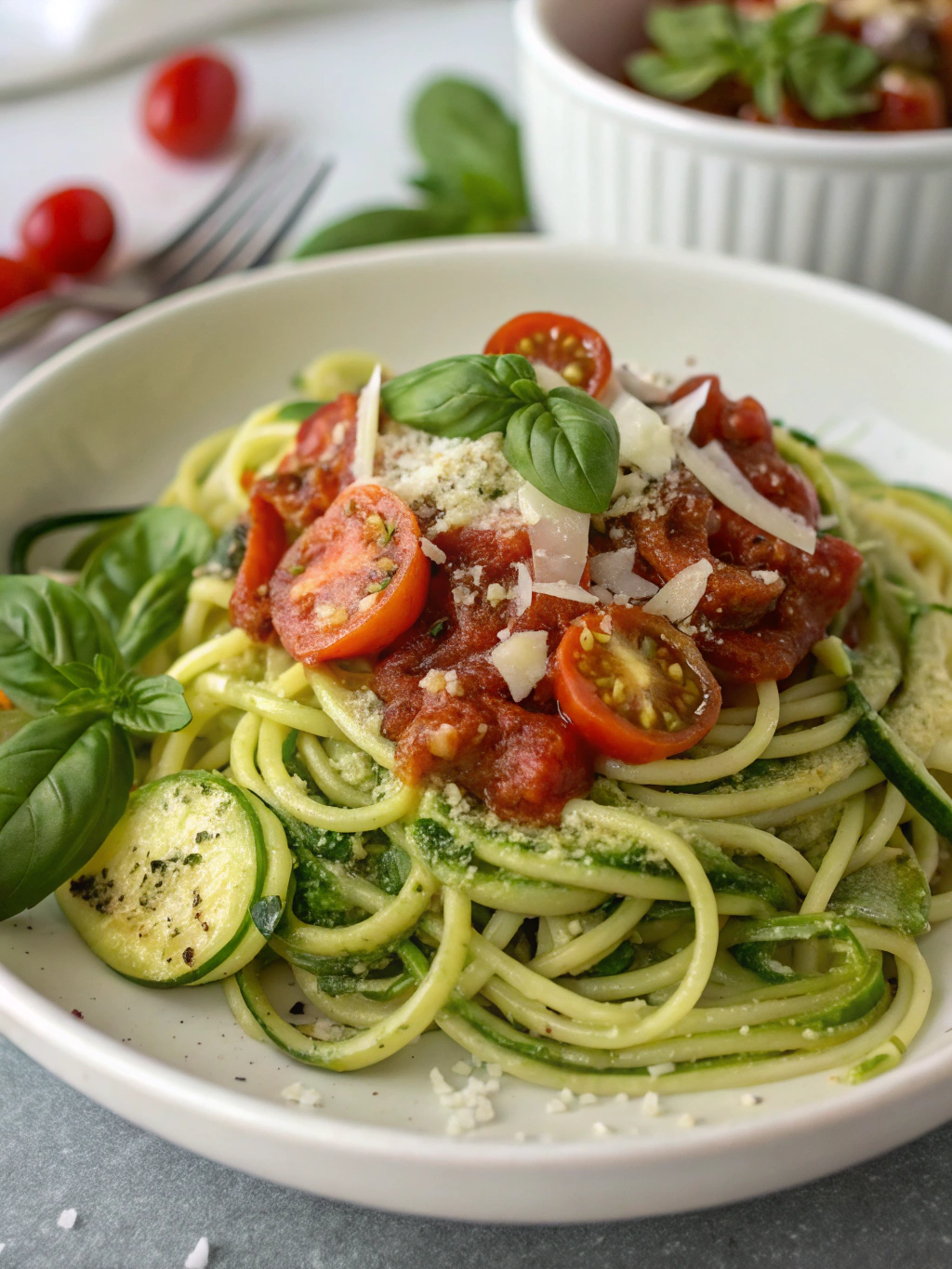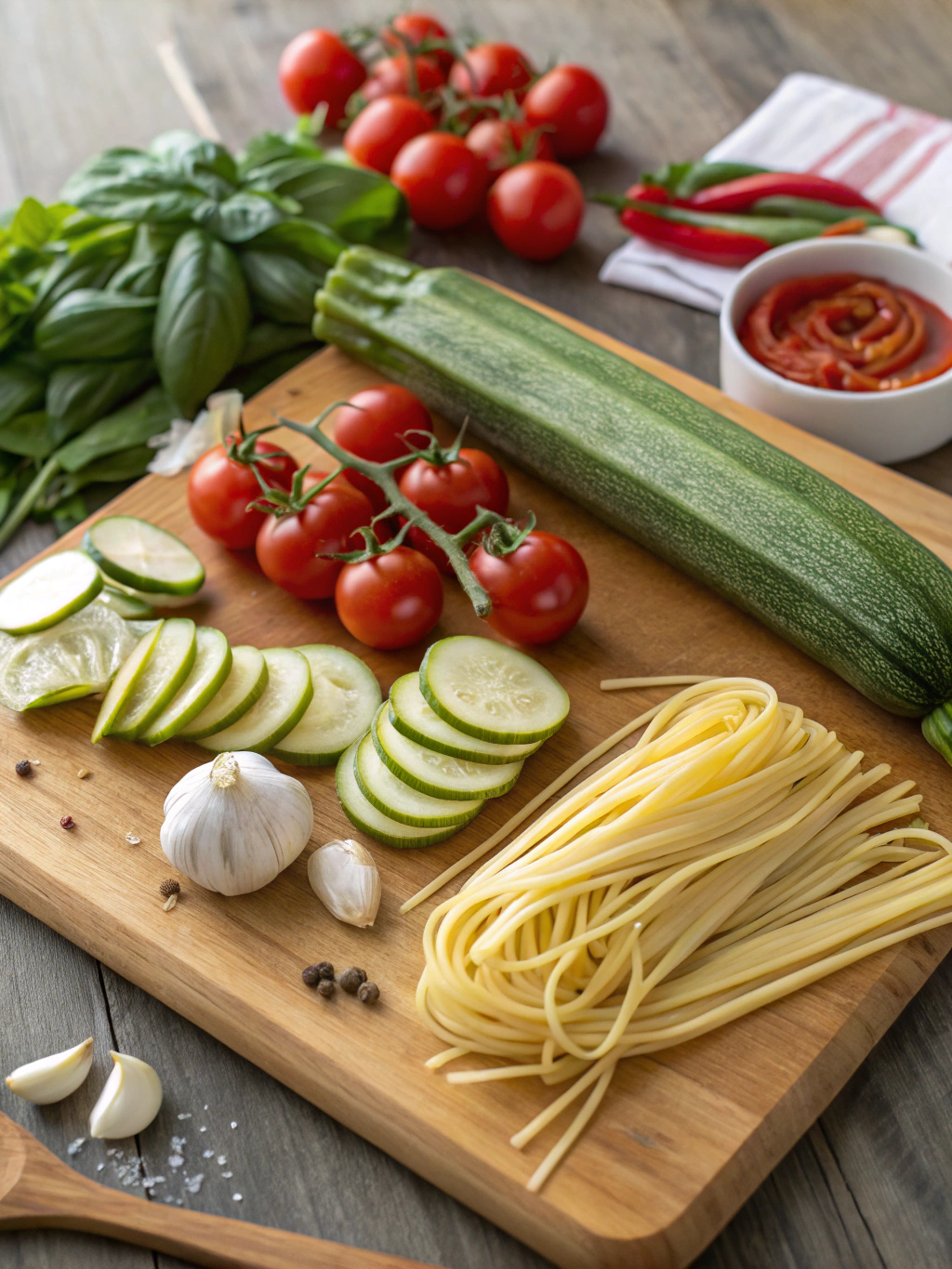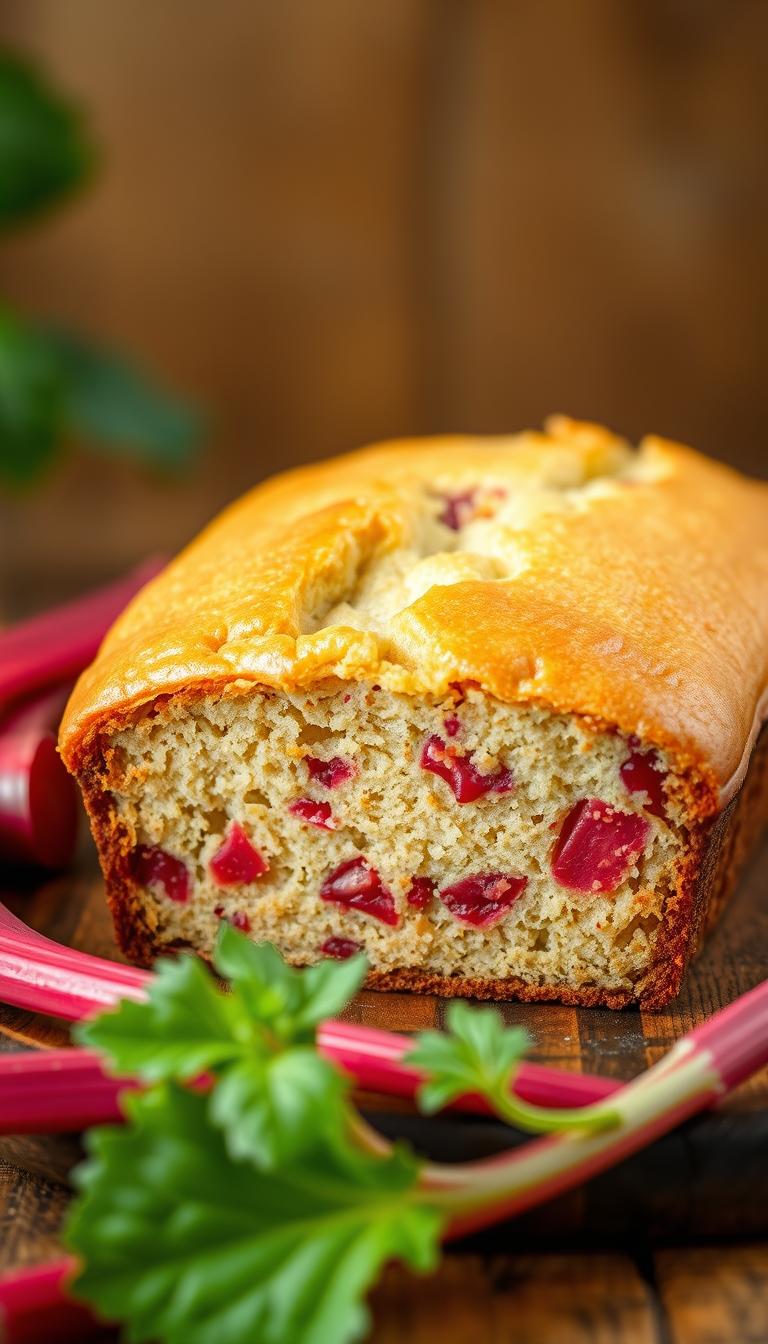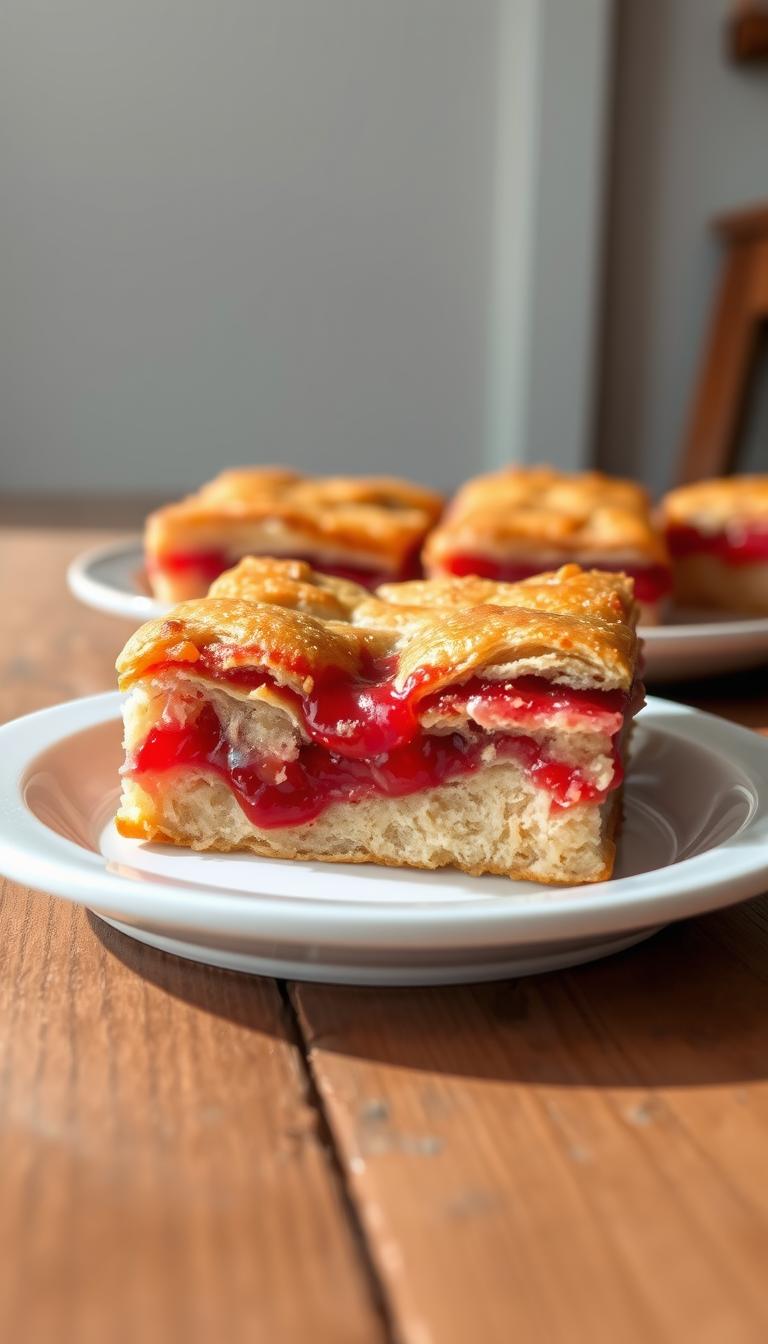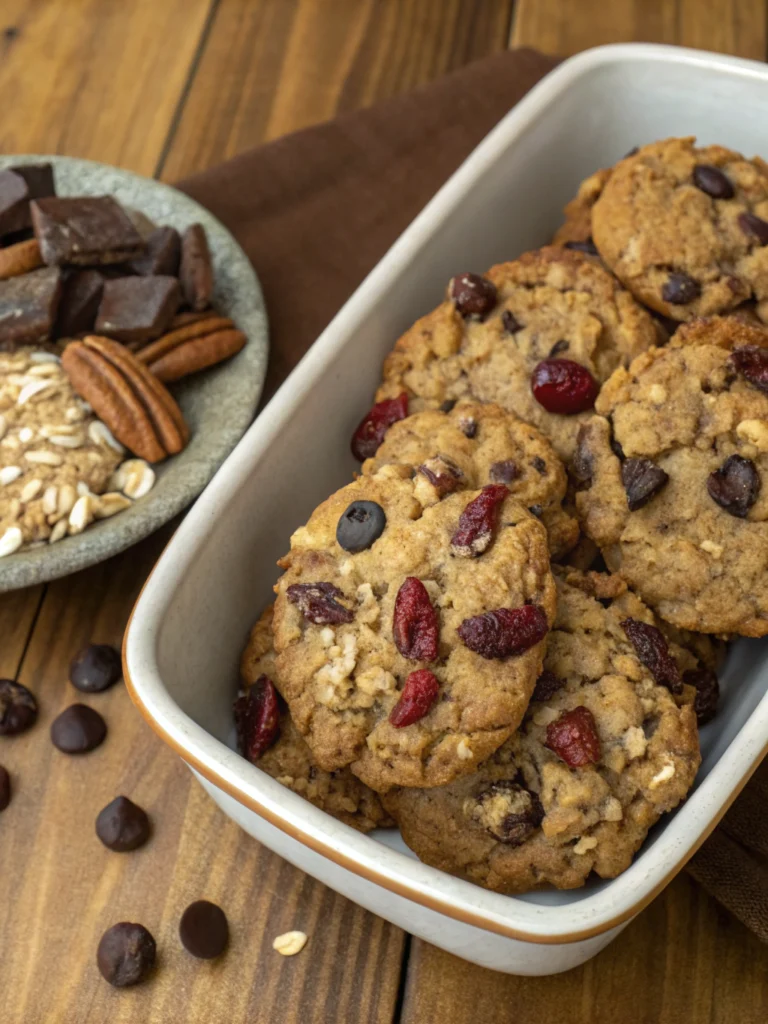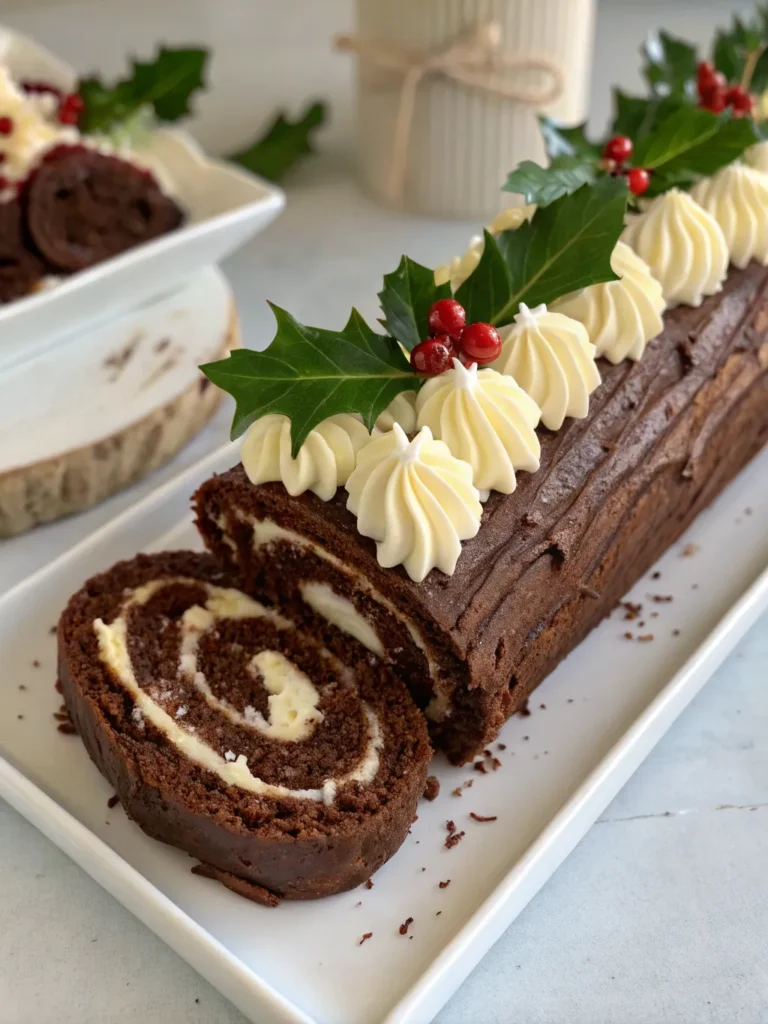Tomatoes Zucchini Pasta
A light, fresh alternative to traditional pasta that transforms garden-fresh zucchini into delicious, nutritious noodles topped with a vibrant sauce. This low-carb, gluten-free zucchini pasta dish comes together in under 30 minutes while maintaining all the comfort and satisfaction of your favorite pasta dishes.
Easy Zucchini Pasta Recipe
There’s something magical about transforming a humble zucchini into delicate spirals that mimic your favorite pasta. This zucchini pasta recipe has become my go-to summer dish when gardens and farmers’ markets overflow with fresh squash. Unlike heavy traditional pastas that can leave you feeling weighed down, this light yet satisfying alternative celebrates the natural flavors of seasonal produce while still delivering that comforting pasta experience.
Perfect for warm weather dining, this zucchini pasta recipe originated in health-conscious kitchens looking to reduce carbohydrates without sacrificing flavor. Now it’s become a mainstream favorite that even dedicated pasta lovers embrace for its fresh approach and garden-to-table appeal.
THIS RECIPE:
- Ready in just 25 minutes from start to finish
- Uses simple, wholesome ingredients you likely have on hand
- Provides a perfect base for countless sauce variations
- Naturally gluten-free, low-carb, and packed with nutrients
| Recipe Details | |
|---|---|
| Prep Time | 15 minutes |
| Cook Time | 10 minutes |
| Total Time | 25 minutes |
| Servings | 4 |
| Yield | 4 cups cooked zucchini pasta |
This zucchini pasta recipe proves that healthy eating doesn’t require sacrificing flavor or satisfaction. The tender zucchini noodles (often called “zoodles”) provide the perfect canvas for whatever sauce inspires you today. Best of all, the entire dish comes together faster than traditional pasta, making it ideal for busy weeknights when you want something nutritious without spending hours in the kitchen.
Ingredients for Zucchini Pasta
The beauty of homemade zucchini pasta lies in the quality of ingredients. Since this dish features minimal preparation, each component contributes significantly to the final flavor. When possible, choose locally grown, organic zucchini at the peak of freshness for the best texture and taste.
For the Zucchini Pasta Base:
- 4 medium zucchini (about 2 pounds total)
- 2 tablespoons extra virgin olive oil
- 3 cloves garlic, minced
- ¼ teaspoon red pepper flakes (optional)
- Salt and freshly ground black pepper, to taste
For the Simple Tomato Basil Sauce:
- 2 tablespoons extra virgin olive oil
- 1 small onion, finely diced
- 3 cloves garlic, minced
- 1 pint cherry tomatoes, halved
- ¼ cup fresh basil leaves, torn, plus more for garnish
- 2 tablespoons freshly grated Parmesan cheese, plus more for serving
- Salt and freshly ground black pepper, to taste
Optional Garnishes:
- Additional fresh basil leaves
- Extra Parmesan cheese
- Toasted pine nuts
- Lemon zest
When selecting zucchini, look for specimens that are firm, unblemished, and medium in size. Very large zucchini tend to have more seeds and less flavor, while extremely small ones might not spiral properly. The skin should be vibrant green and slightly glossy, indicating freshness.
| Ingredient Category | Recommended Quantity | Quality Tips |
|---|---|---|
| Zucchini | Medium size (6-8 inches long) | Choose firm zucchini with bright green skin and no soft spots |
| Olive Oil | Extra virgin | Select cold-pressed, single-origin varieties for best flavor |
| Garlic | Fresh cloves | Avoid pre-minced options; look for firm bulbs with tight skin |
| Tomatoes | Cherry or grape varieties | Seek deeply colored, aromatic specimens for maximum flavor |
| Herbs | Fresh rather than dried | Look for vibrant color and strong aroma |
How to Make Zucchini Pasta
Creating perfect zucchini pasta involves a delicate balance of technique and timing. The goal is to achieve tender-crisp noodles that hold their shape without releasing too much moisture. Unlike wheat pasta that requires lengthy boiling, zucchini pasta cooks quickly and continues softening even after removed from heat.
Step 1: Prepare the zucchini noodles
- Wash the zucchini thoroughly and trim both ends.
- Create the zucchini noodles using one of these methods:
- With a spiralizer: Use the medium blade to create long, spaghetti-like strands
- With a julienne peeler: Draw the peeler along the length of the zucchini to create thin strips
- With a vegetable peeler: Create wide, ribbon-like noodles by running the peeler along the length of the zucchini
- Place the zucchini noodles in a colander and toss with ½ teaspoon salt. Let sit for 10 minutes to draw out excess moisture.
- Gently squeeze the noodles in batches using paper towels or a clean kitchen towel to remove additional moisture.
Pro tip: The salting step is crucial for preventing watery pasta. Don’t skip it, especially if you’re using larger or especially fresh zucchini, which contain more water.
Step 2: Prepare the sauce
- Heat 2 tablespoons olive oil in a large skillet over medium heat.
- Add diced onion and cook until translucent, about 3-4 minutes.
- Add minced garlic and cook until fragrant, about 30 seconds.
- Add halved cherry tomatoes and cook until they begin to soften and release their juices, about 5-7 minutes.
- Season with salt and pepper to taste.
- Reduce heat to low and stir in torn basil leaves.
Step 3: Cook the zucchini pasta
- In a separate large skillet, heat 2 tablespoons olive oil over medium-high heat.
- Add minced garlic and red pepper flakes (if using) and cook for 30 seconds until fragrant.
- Add the prepared zucchini noodles and toss gently with tongs to coat with the garlic oil.
- Cook for 2-3 minutes, tossing occasionally, until the noodles are just tender but still slightly firm (al dente).
- Be careful not to overcook, as the zucchini will quickly become mushy.
- Season with salt and pepper to taste.
Step 4: Combine and serve
- Transfer the cooked zucchini noodles to a large serving bowl.
- Pour the warm tomato sauce over the noodles and gently toss to combine.
- Sprinkle with grated Parmesan cheese and additional fresh basil.
- Serve immediately for the best texture and flavor.
Tips for Making Zucchini Pasta
Getting zucchini pasta just right takes a little practice, but these expert tips will help you achieve perfect results from the very first attempt.
- Control moisture: Zucchini naturally contains high water content that can make your dish soggy. Always salt and drain the noodles before cooking.
- Don’t overcook: Zucchini noodles need just 2-3 minutes of cooking time. They should retain a slight crispness for the best texture.
- Use complementary flavors: Zucchini has a mild flavor that pairs beautifully with bold ingredients like garlic, lemon, herbs, and Parmesan.
- Serve immediately: Unlike wheat pasta, zucchini pasta doesn’t hold well and continues releasing moisture as it sits.
| Technique | Recommendation |
|---|---|
| Spiralizing | Use medium pressure for consistent noodles; too much pressure creates broken pieces |
| Salting | 10-minute salt rest followed by squeezing removes excess moisture |
| Cooking | Brief high-heat cooking preserves texture; avoid stirring too frequently |
| Saucing | Use thicker sauces that will cling to noodles rather than watery varieties |
When working with zucchini pasta, remember that less is more when it comes to cooking time. The brief cooking preserves the vegetable’s nutritional value while providing just enough softening to create the pasta-like experience. If you prefer a more substantial bite, cook for just 1-2 minutes; for softer noodles, extend to 3-4 minutes maximum.
Make-Ahead Instructions
While zucchini pasta is best enjoyed freshly made, you can prepare components ahead of time to streamline the cooking process.
The zucchini noodles can be spiralized up to 2 days in advance. Store them in an airtight container lined with paper towels to absorb moisture. For best results, don’t salt the noodles until just before cooking.
The tomato basil sauce can be prepared up to 3 days ahead and stored in an airtight container in the refrigerator. In fact, the sauce often tastes even better after the flavors have had time to meld.
If making a complete meal prep, prepare the components separately and store them in individual containers. When ready to serve, quickly reheat the sauce in a skillet, then cook the fresh zucchini noodles according to the recipe instructions before combining.
For a partially prepared option, you can spiralize the zucchini and make the sauce in advance, then complete the final cooking just before serving for the freshest results.
Storing Leftovers
While zucchini pasta is truly best enjoyed immediately after preparation, leftovers can be stored with proper care. The key is managing the moisture content to prevent a soggy mess when reheating.
Store any leftover zucchini pasta in an airtight container in the refrigerator for up to 2 days. Place a paper towel in the container to absorb excess moisture released by the zucchini.
When reheating, use a skillet over medium heat rather than a microwave. This allows any additional moisture to evaporate while gently warming the dish. Add a small amount of olive oil to the pan to refresh the flavors and prevent sticking.
For best quality, consider storing the sauce and noodles separately if possible, then recombining when reheating.
Freezing Zucchini Pasta
While you can freeze zucchini noodles, they’re best used in cooked dishes rather than as a pasta substitute after freezing. The freezing process changes their texture significantly.
To freeze raw zucchini noodles:
- After spiralizing, blanch the noodles in boiling water for 1 minute
- Immediately transfer to an ice bath to stop cooking
- Drain thoroughly and pat dry with paper towels
- Portion into freezer-safe bags, removing as much air as possible
- Label with the date and store flat in the freezer
Frozen zucchini noodles will maintain quality for up to 3 months. When you’re ready to use them, thaw overnight in the refrigerator. The texture will be softer than fresh noodles, making them better suited for soups, casseroles, or baked dishes rather than as a direct pasta substitute.
The tomato sauce freezes beautifully for up to 3 months in airtight containers. Thaw overnight in the refrigerator before reheating.
Serving Suggestions
Zucchini pasta’s versatility makes it a perfect canvas for countless serving variations. For a complete meal, consider these complementary additions:
Protein options:
- Grilled chicken breast, sliced
- Sautéed shrimp or scallops
- Italian chicken or turkey sausage, sliced
- White beans or chickpeas for a vegetarian option
Side dishes:
- Garlic bread or crusty whole-grain bread
- Simple green salad with lemon vinaigrette
- Roasted vegetables like bell peppers or asparagus
- Caprese salad with fresh mozzarella and tomatoes
For an elegant presentation, serve the zucchini pasta in warmed pasta bowls and arrange protein on top of the noodles. Garnish with additional fresh herbs, a drizzle of high-quality olive oil, and freshly grated Parmesan.
For beverage pairings, this light dish works beautifully with crisp white wines like Pinot Grigio or Sauvignon Blanc. For non-alcoholic options, try sparkling water with a squeeze of lemon or a light iced tea with fresh mint.
Serve zucchini pasta immediately while hot, as it cools quickly and the texture is most appealing when freshly prepared.
FAQ
Can I use yellow summer squash instead of zucchini?
Yes! Yellow summer squash works beautifully as a substitute for zucchini in this recipe. The flavor is nearly identical, though slightly sweeter, and it spiralizes just as well. You can also use a combination of green zucchini and yellow squash for a colorful presentation.
What can I do if I don’t have a spiralizer?
No spiralizer? No problem! You can create zucchini noodles using a julienne peeler, standard vegetable peeler, or even a box grater. A julienne peeler will give you thin, spaghetti-like strands. A standard vegetable peeler creates wider ribbons similar to fettuccine. For a more rustic approach, use the large holes of a box grater to create short strands that work well with chunkier sauces.
Why is my zucchini pasta watery?
This is the most common issue with zucchini pasta. To prevent excess moisture: 1) Don’t skip the salting and draining step, 2) Pat the noodles thoroughly dry before cooking, 3) Cook over high heat for a short time rather than low heat for longer, 4) Avoid covering the pan while cooking which traps steam. If your dish still seems watery, serve with a slotted spoon to leave excess liquid behind.
What other sauces work well with zucchini pasta?
Zucchini pasta pairs beautifully with numerous sauce options. Try pesto for a fresh, herbaceous flavor; a light cream sauce with lemon and herbs; olive oil with garlic and red pepper flakes for a simple aglio e olio style; or a hearty bolognese for a more substantial meal. The mild flavor of zucchini complements rather than competes with most traditional pasta sauces.
Is zucchini pasta healthier than regular pasta?
Zucchini pasta offers several nutritional advantages compared to wheat pasta. It’s significantly lower in calories and carbohydrates, making it suitable for low-carb diets. It’s naturally gluten-free and provides additional vitamins, minerals, and fiber. One cup of zucchini pasta contains approximately 30-40 calories compared to about 200 calories in regular pasta. However, traditional pasta does provide more protein, so consider adding a protein source to your zucchini pasta for a balanced meal.

